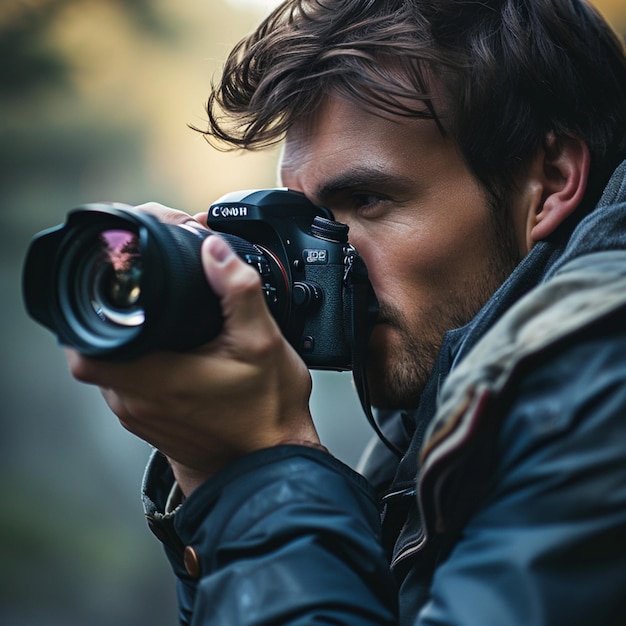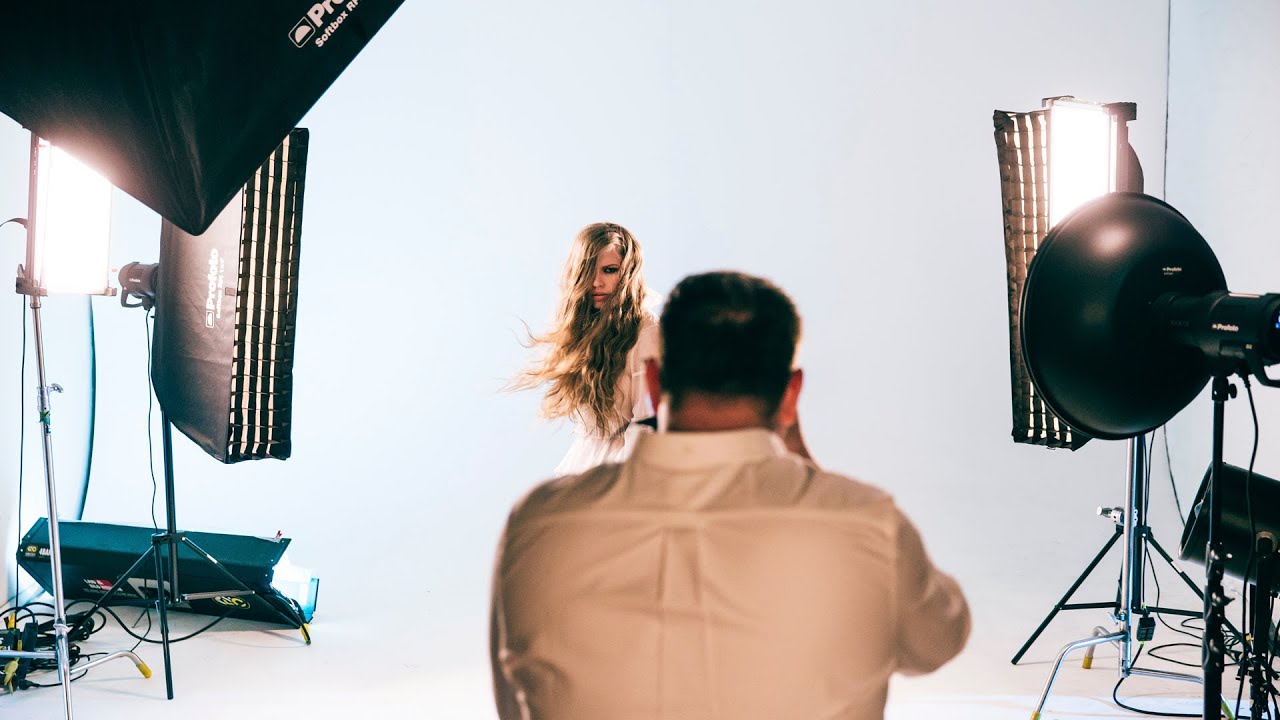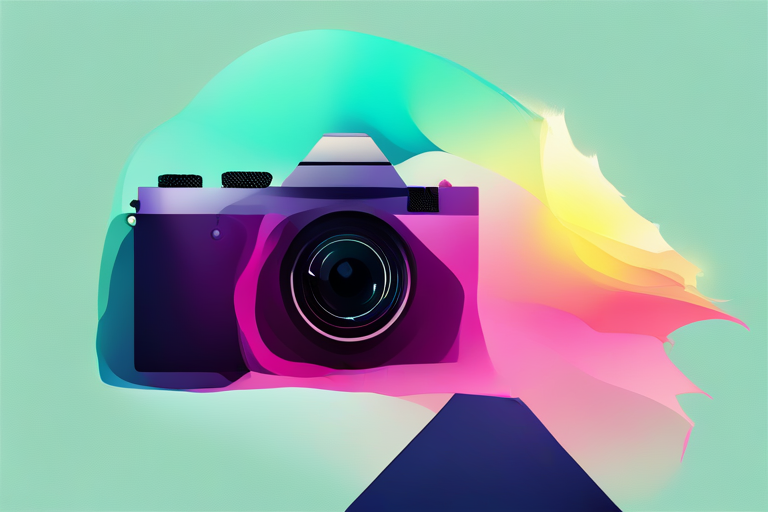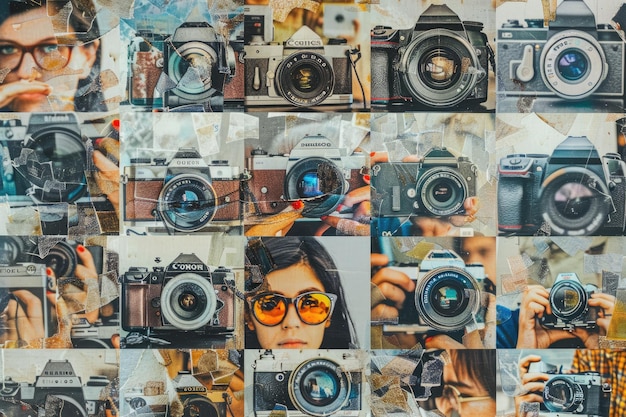Mastering the Lens: Navigating Photography Techniques, Trends and Best Practices

27-11-2024, 22:29 Admin 5 868 0
Mastering the Lens: Navigating Photography Techniques, Trends and Best Practices
In the ever-evolving world of photography, staying ahead of the curve necessitates continuous learning and adaptation. Irrespective of your experience level or preferred photography style, understanding the mechanics of your camera, deciphering new trends, and applying best practices are instrumental in producing stellar images. With the advent of advanced technology and high caliber resources, the sphere of photography has expanded, paving the way for unique opportunities to boost efficiency and master the art.
First, let's dissect the art of efficient photography techniques. By understanding your camera's settings, you can unlock its potential and achieve an incredible depth in your shots. For instance, the aperture-priority mode (AV mode in Canon or A mode in Nikon) provides you with control over the depth of field, empowering you to determine the focus sharpness from the foreground to the background. Coupled with the rule of thirds, where you divide your frame into a 3x3 grid and place the subject along these lines or at intersections, your composition becomes naturally engaging to the human eye.
Furthermore, the monumental shift towards digital photography and post-processing tools has transformed the photography landscape. Technologies like drone photography and 360-degree cameras have ushered in a new perspective in capturing images, offering stunning aerial views and comprehensive visuals like never before. Moreover, software like Adobe's Lightroom and Photoshop have become indispensable, abetting in correcting lens distortion, manipulating light and shadows, and ultimately, turning raw photos into polished final products.
Yet, mastering the lens is not solely about technical prowess; it's also about keeping pace with photography trends. For instance, amongst the most recent trends in photography is user-generated content (UGC). This demonstrates the power of the audience and the authenticity it can bring to your narrative, making it an effective tool for brand storytelling. Similarly, the emergence of lifestyle photography or candid moments, coupled with the continued rise of social media platforms, has pushed photographers to capture images that resonate with the daily realities of the audience.
Now, focusing on efficiency, cloud storage solutions like Google Photos and Adobe Creative Cloud make backing up your work much simpler, safer, and more convenient. These tools mitigate the risk of losing your precious work, promote organization, and offer accessibility from virtually anywhere, thus maximizing your workflow's efficiency. Also, AI-powered photo enhancement tools can help achieve a professional finish, providing quick fixes for common photo issues like exposure, color correction, and retouching.
Lastly, a key best practice for every photographer to cultivate is embracing constant learning. Photography blogs, webinars, and tutorials can sharpen your skills, exposing you to new approaches and techniques. Communities like Fstoppers and Digital Photography School can offer peer feedback, helping you gain objective viewpoints and further grow as a photographer.
In conclusion, mastering the lens is a rewarding journey involving technological proficiency, trend-awareness, and adoption of effective techniques and practices. Remember, the most profound photos come from a blend of expertise, creativity, and an understanding of the story you aim to depict. With the tools and technologies available today, photographers can constantly disrupt and redefine the boundaries of this fascinating art form.
In the ever-evolving world of photography, staying ahead of the curve necessitates continuous learning and adaptation. Irrespective of your experience level or preferred photography style, understanding the mechanics of your camera, deciphering new trends, and applying best practices are instrumental in producing stellar images. With the advent of advanced technology and high caliber resources, the sphere of photography has expanded, paving the way for unique opportunities to boost efficiency and master the art.
First, let's dissect the art of efficient photography techniques. By understanding your camera's settings, you can unlock its potential and achieve an incredible depth in your shots. For instance, the aperture-priority mode (AV mode in Canon or A mode in Nikon) provides you with control over the depth of field, empowering you to determine the focus sharpness from the foreground to the background. Coupled with the rule of thirds, where you divide your frame into a 3x3 grid and place the subject along these lines or at intersections, your composition becomes naturally engaging to the human eye.
Furthermore, the monumental shift towards digital photography and post-processing tools has transformed the photography landscape. Technologies like drone photography and 360-degree cameras have ushered in a new perspective in capturing images, offering stunning aerial views and comprehensive visuals like never before. Moreover, software like Adobe's Lightroom and Photoshop have become indispensable, abetting in correcting lens distortion, manipulating light and shadows, and ultimately, turning raw photos into polished final products.
Yet, mastering the lens is not solely about technical prowess; it's also about keeping pace with photography trends. For instance, amongst the most recent trends in photography is user-generated content (UGC). This demonstrates the power of the audience and the authenticity it can bring to your narrative, making it an effective tool for brand storytelling. Similarly, the emergence of lifestyle photography or candid moments, coupled with the continued rise of social media platforms, has pushed photographers to capture images that resonate with the daily realities of the audience.
Now, focusing on efficiency, cloud storage solutions like Google Photos and Adobe Creative Cloud make backing up your work much simpler, safer, and more convenient. These tools mitigate the risk of losing your precious work, promote organization, and offer accessibility from virtually anywhere, thus maximizing your workflow's efficiency. Also, AI-powered photo enhancement tools can help achieve a professional finish, providing quick fixes for common photo issues like exposure, color correction, and retouching.
Lastly, a key best practice for every photographer to cultivate is embracing constant learning. Photography blogs, webinars, and tutorials can sharpen your skills, exposing you to new approaches and techniques. Communities like Fstoppers and Digital Photography School can offer peer feedback, helping you gain objective viewpoints and further grow as a photographer.
In conclusion, mastering the lens is a rewarding journey involving technological proficiency, trend-awareness, and adoption of effective techniques and practices. Remember, the most profound photos come from a blend of expertise, creativity, and an understanding of the story you aim to depict. With the tools and technologies available today, photographers can constantly disrupt and redefine the boundaries of this fascinating art form.
Related News
Leave a Comment


